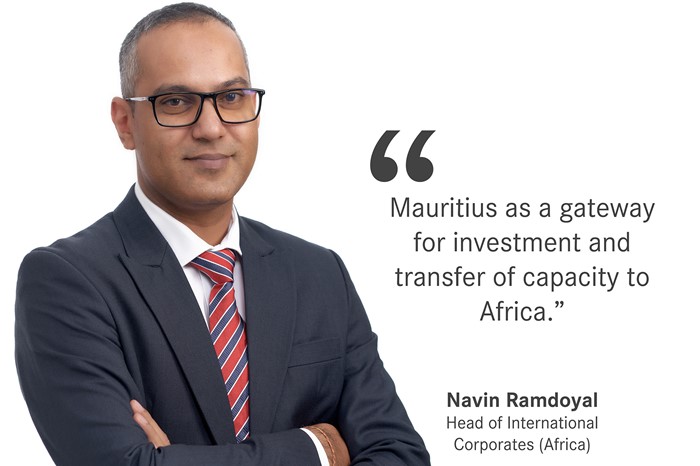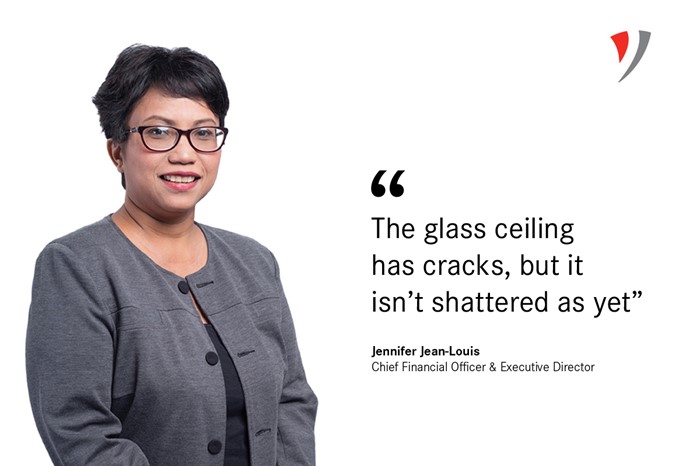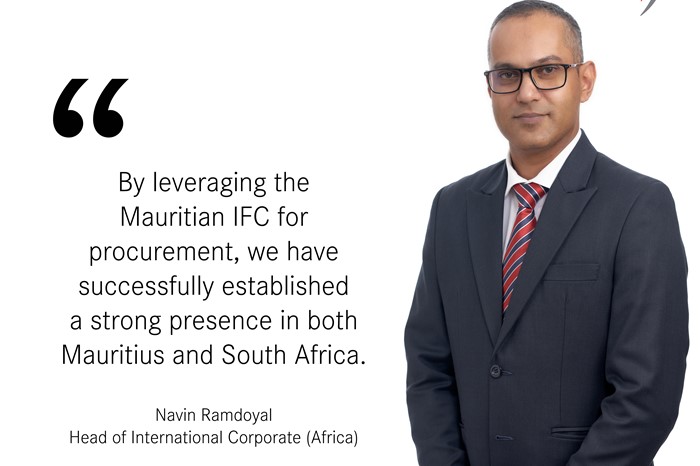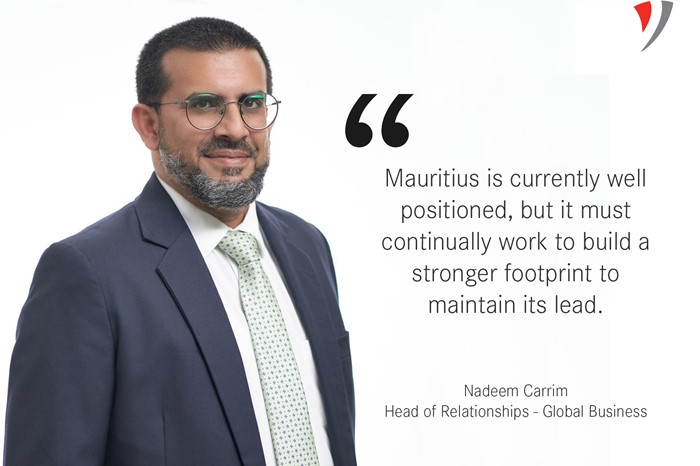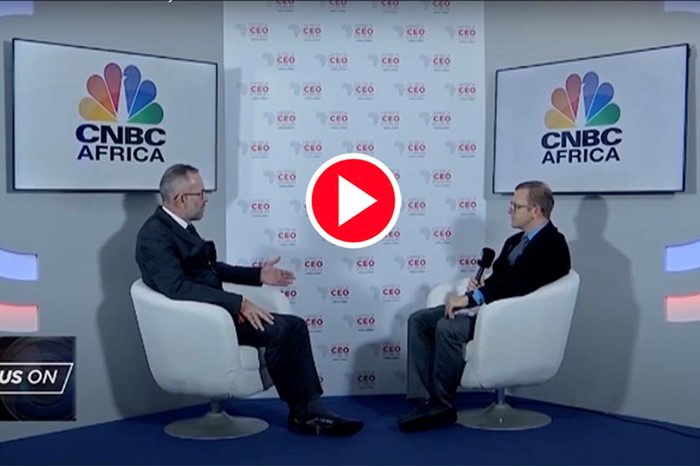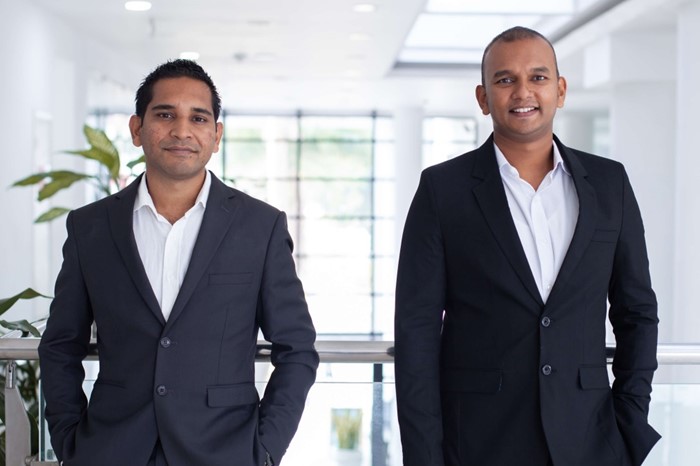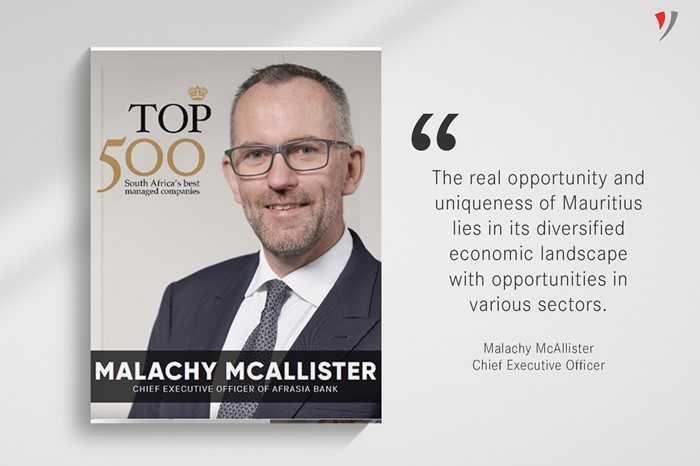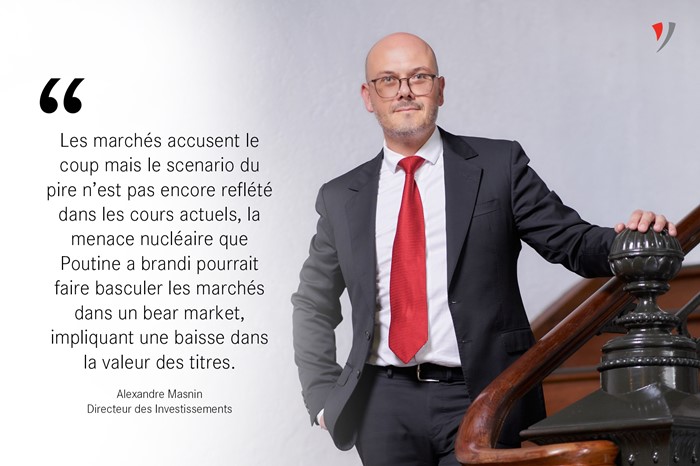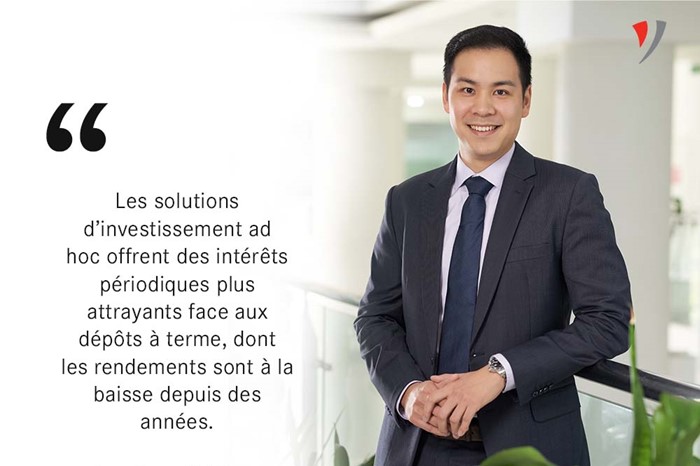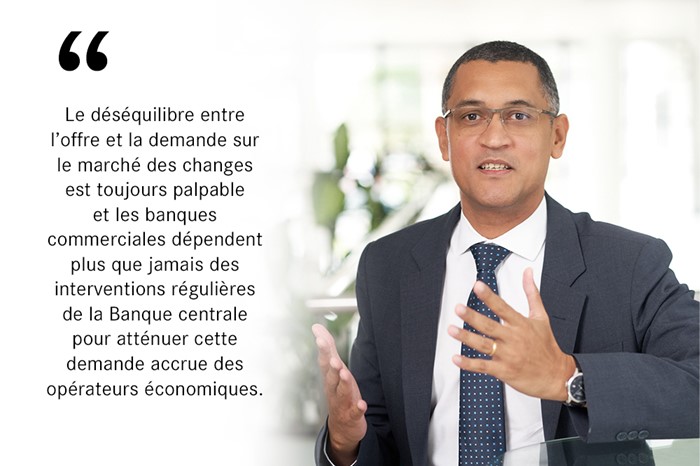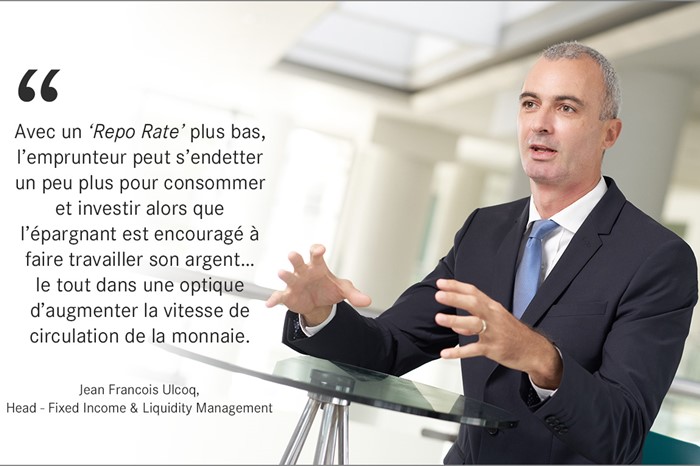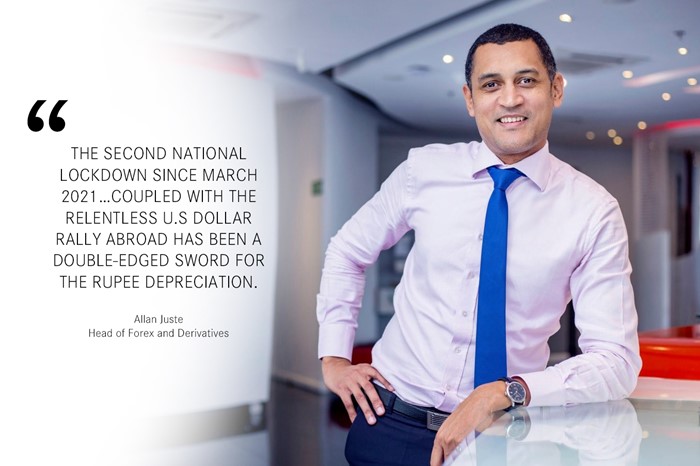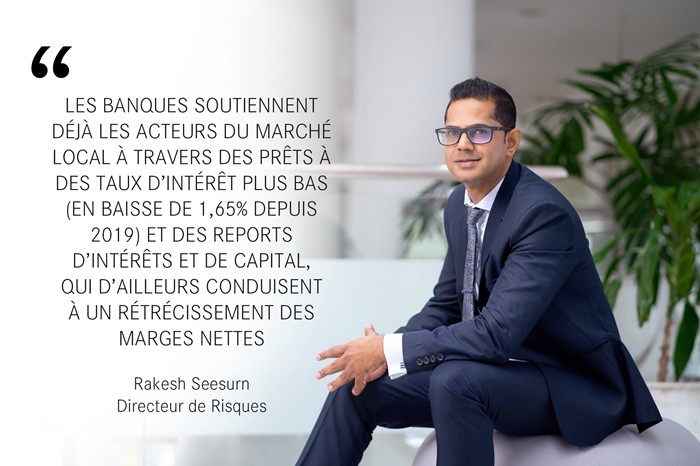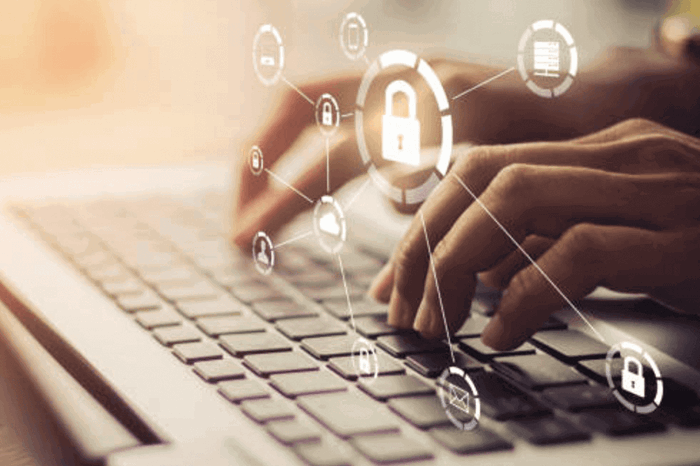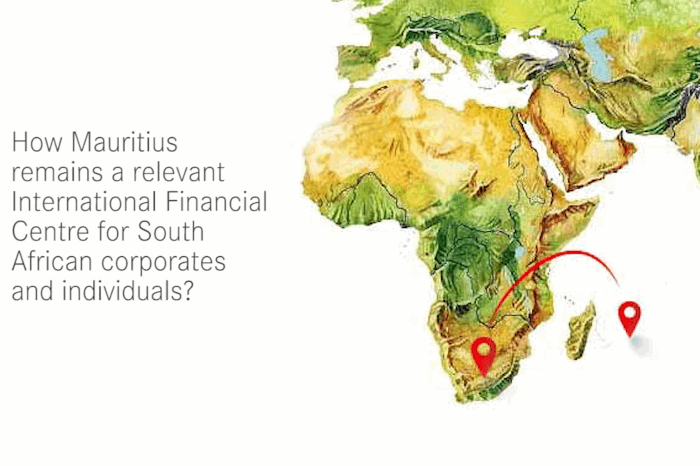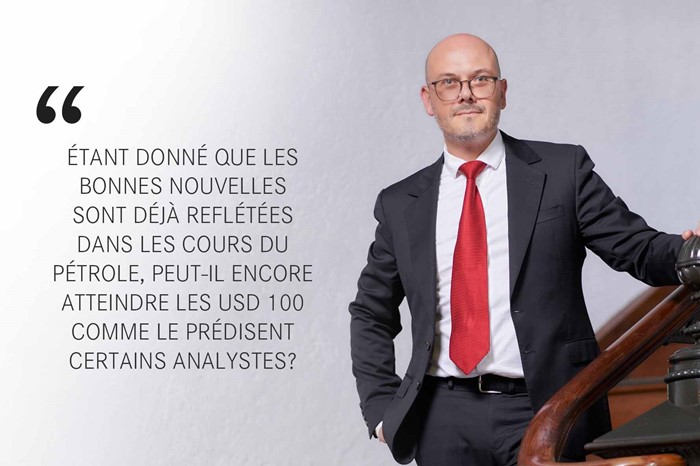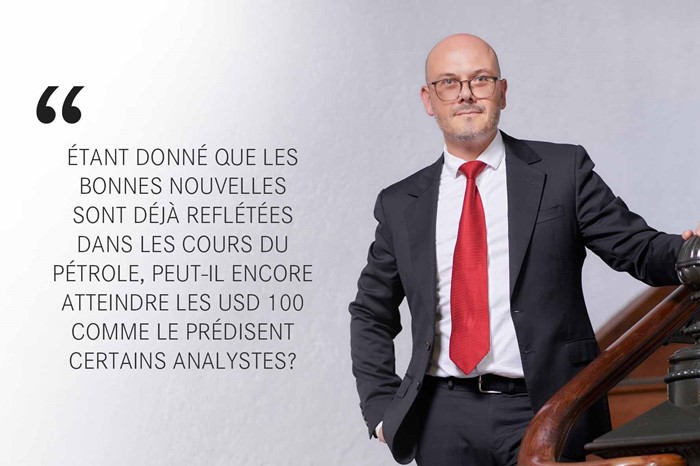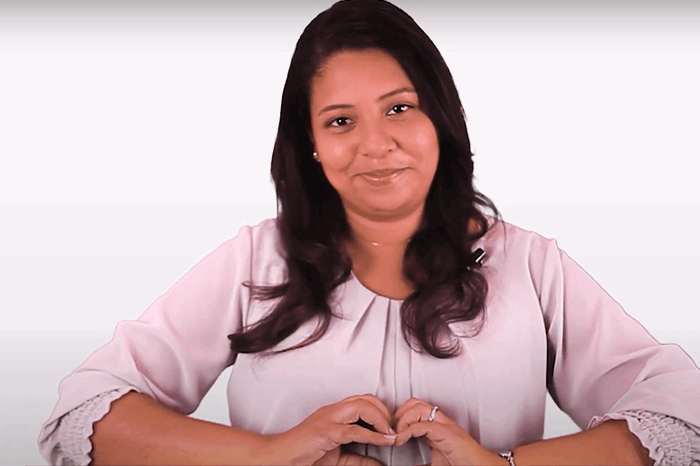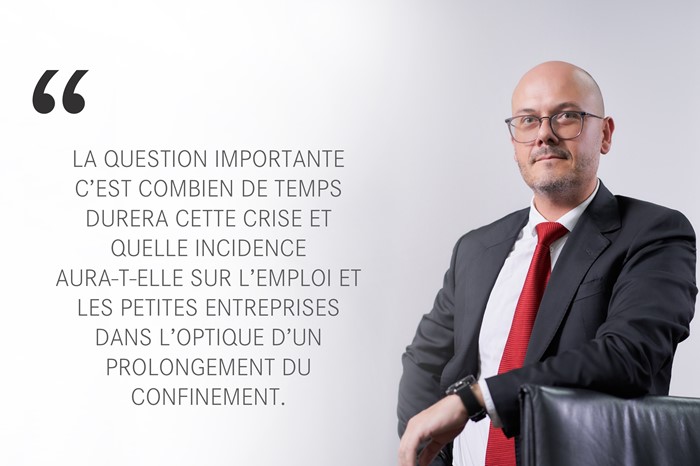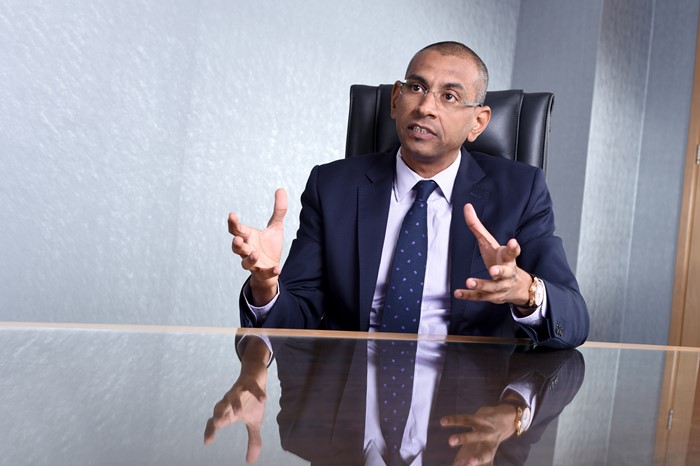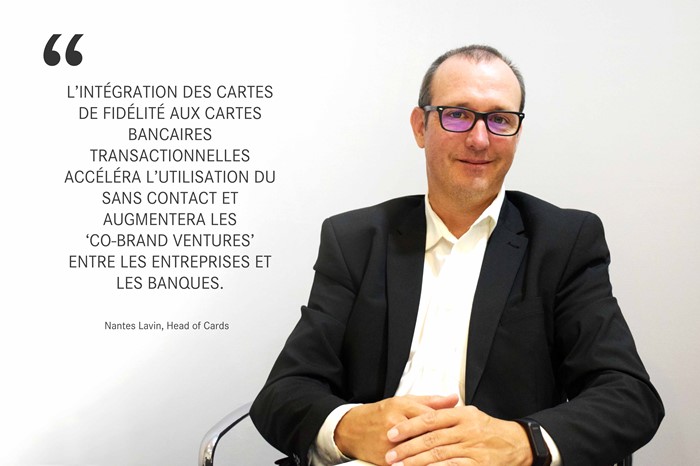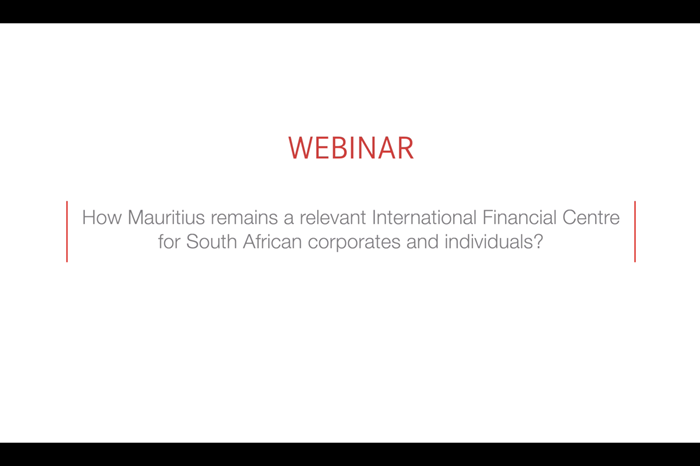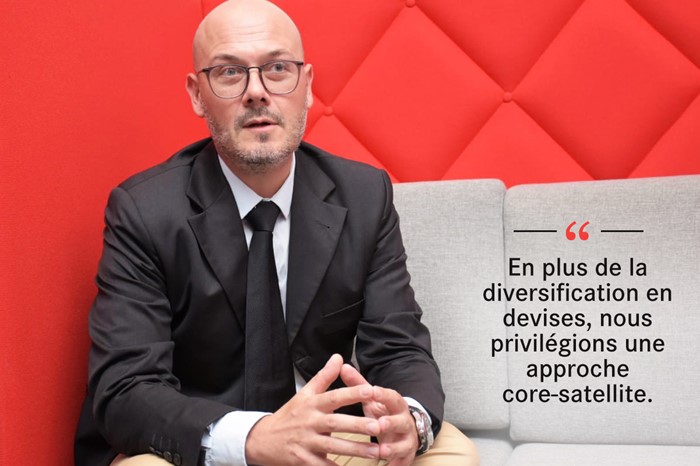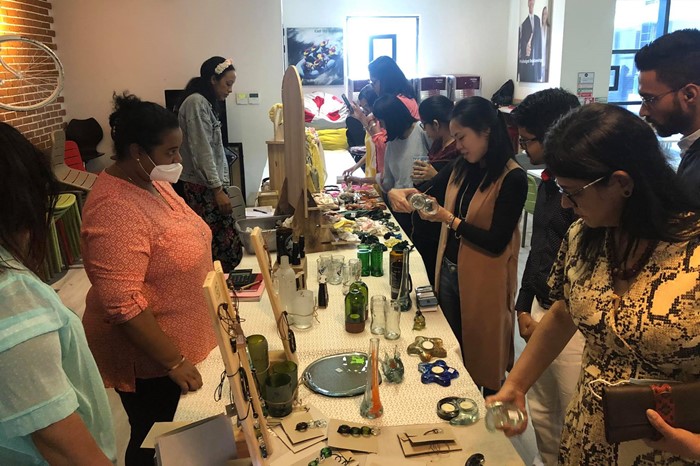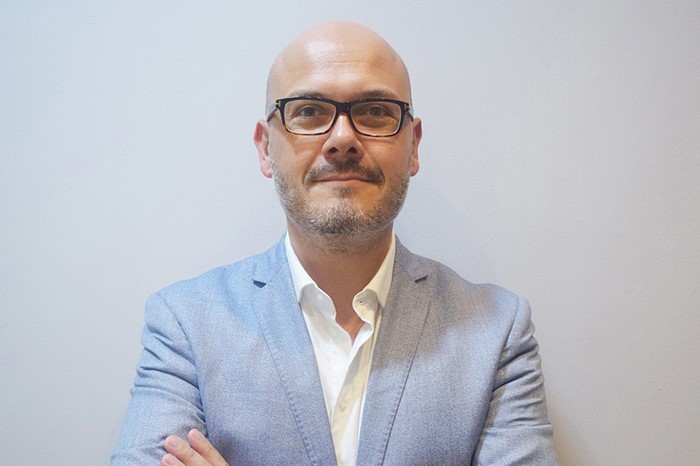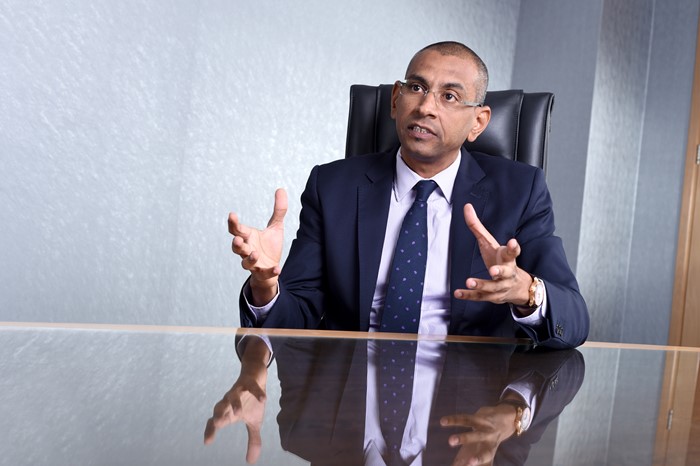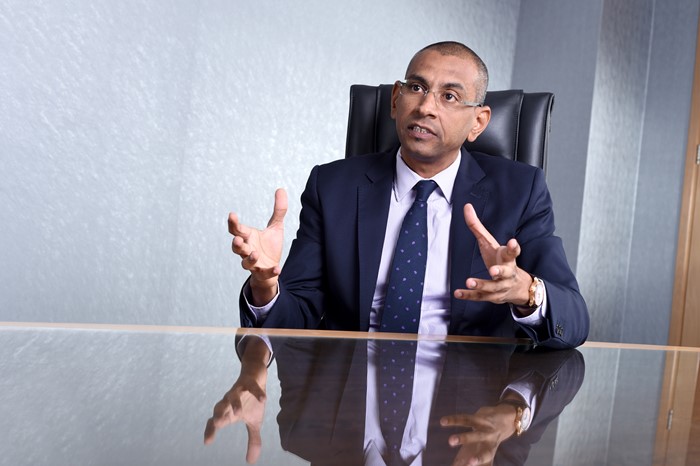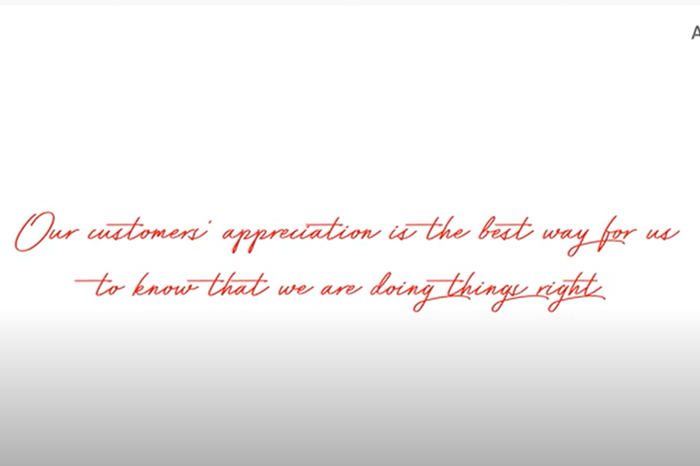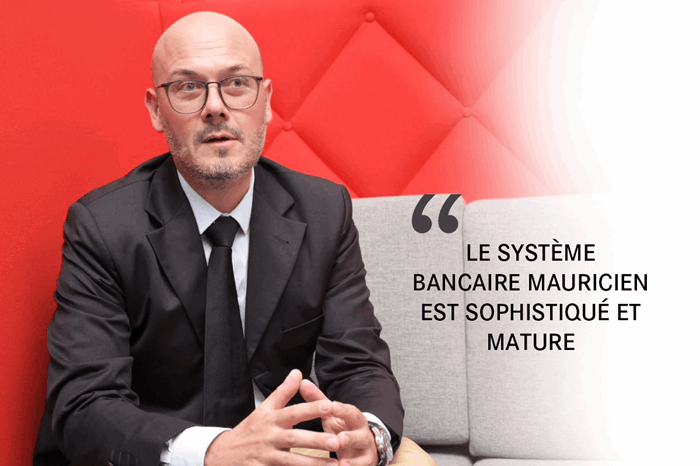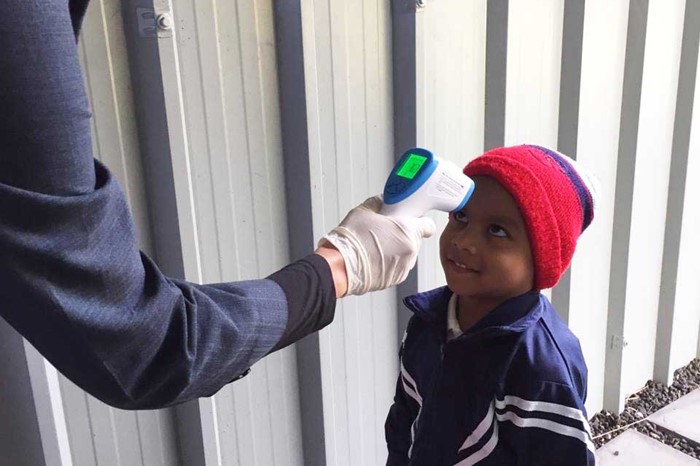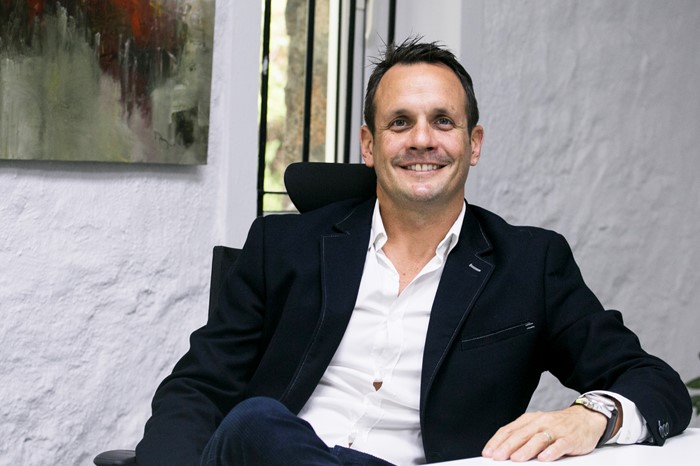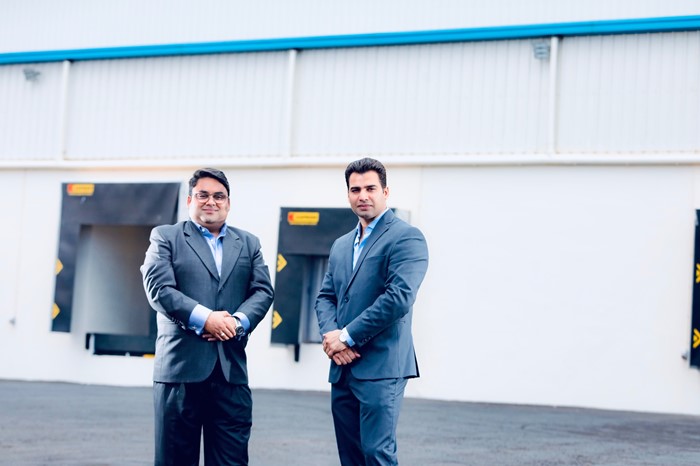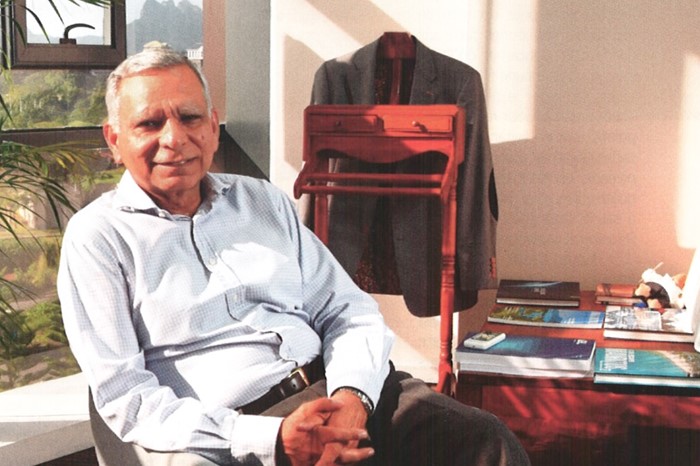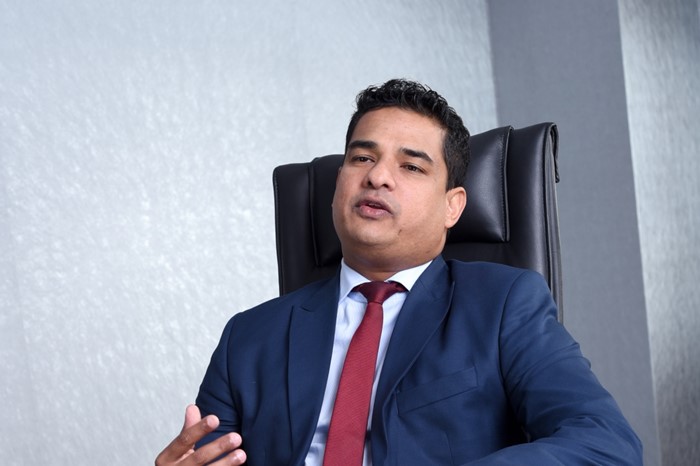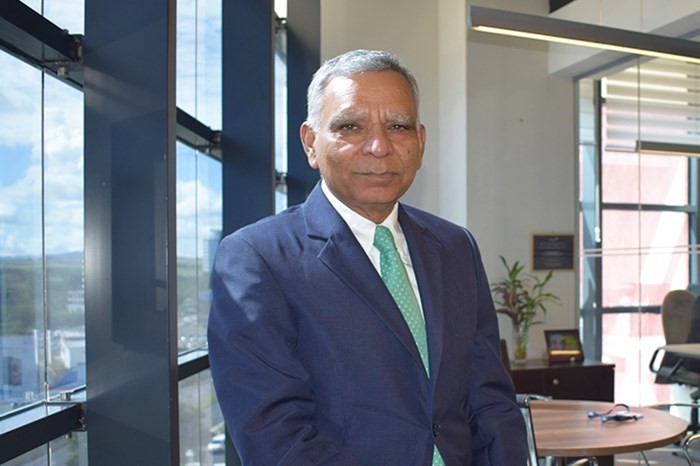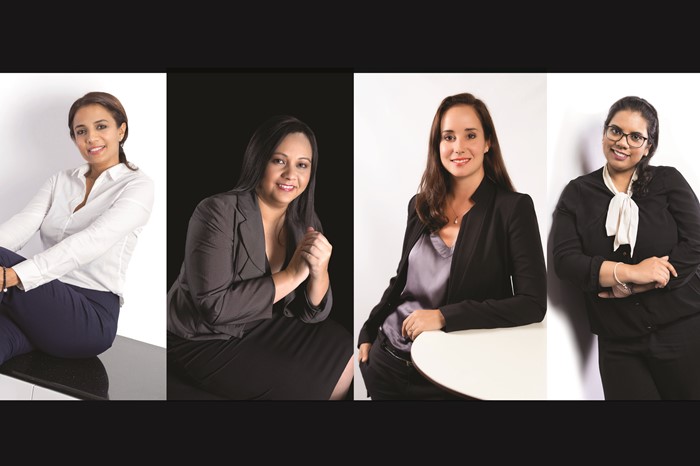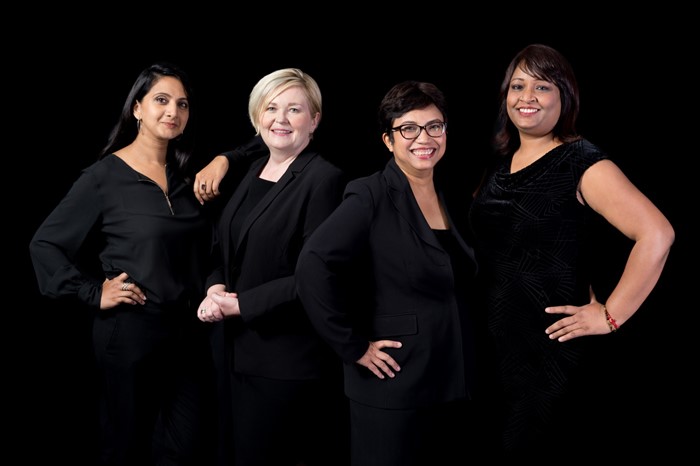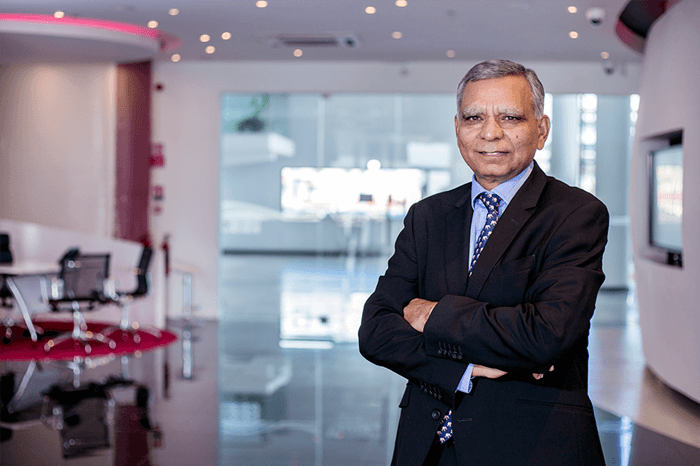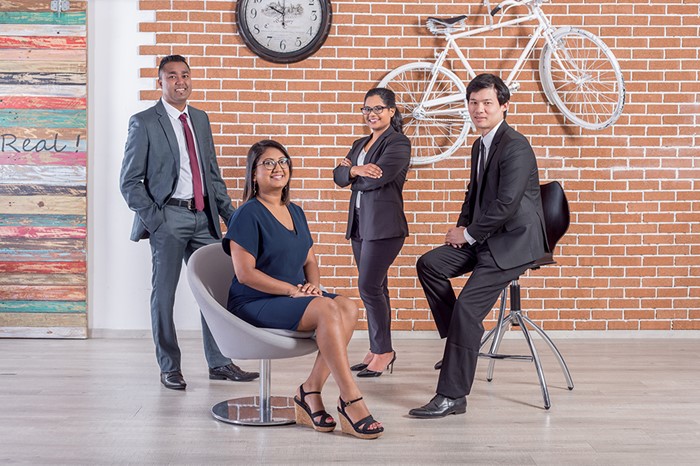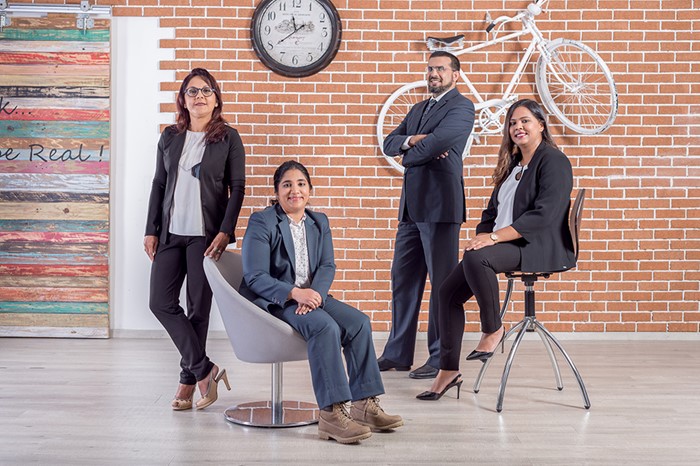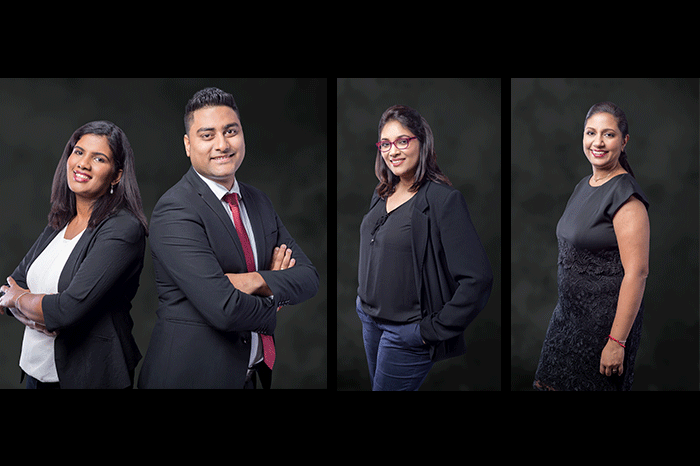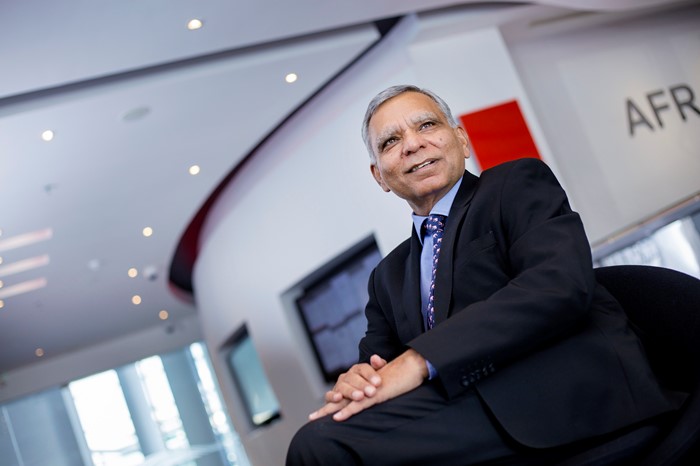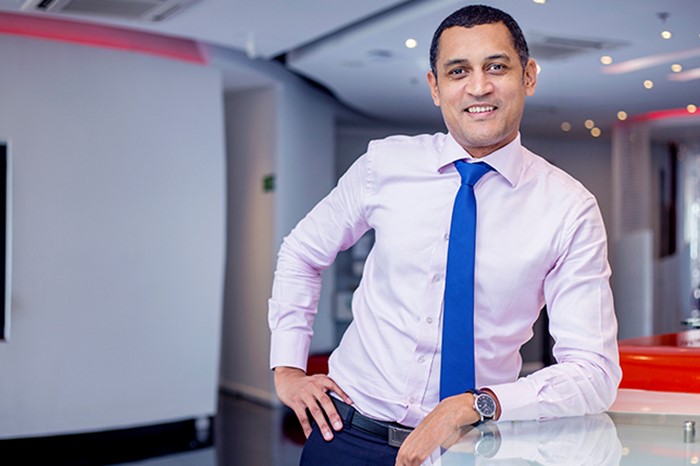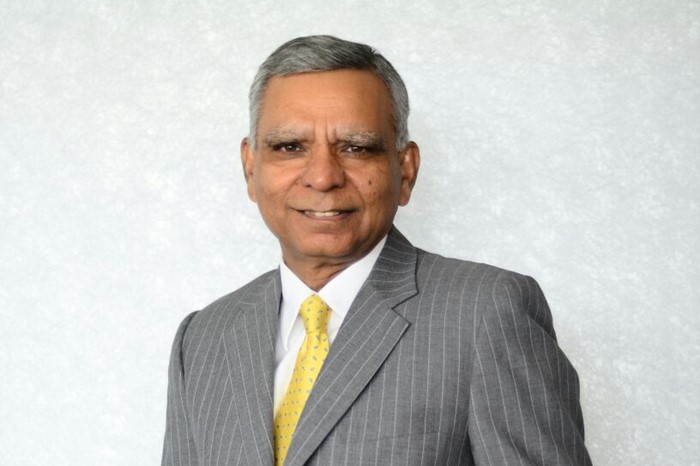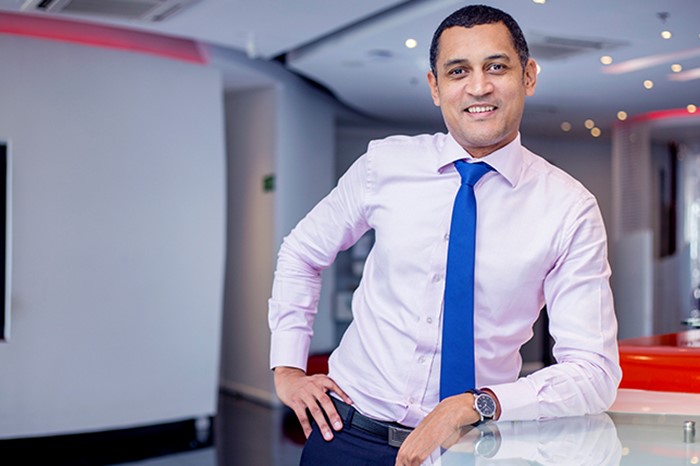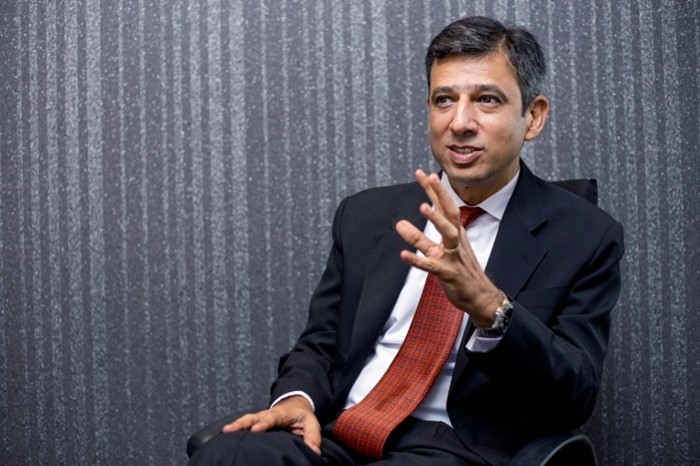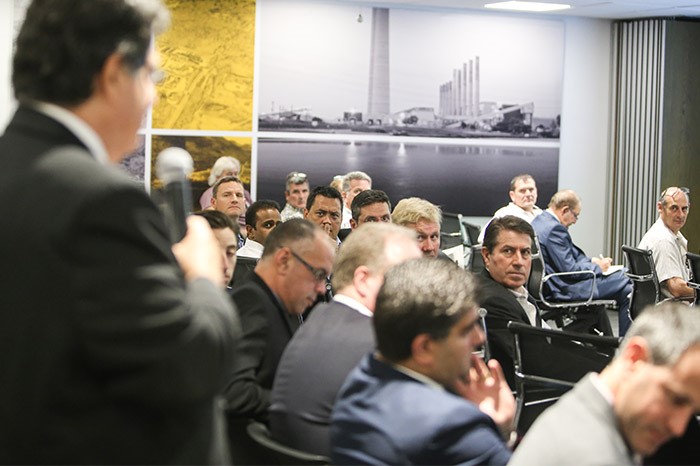What are your key observations from a bank’s operations and technology perspective during COVID-19?
If you think about it, what has happened to our lives in the last few weeks? How have we been coping, whether at work or in the office? Lots of valuable learnings, and pretty interesting to witness how quickly we adapted to such an unprecedented situation. COVID-19 has and will ask businesses to rethink how to run their day-to-day activities. But most urgent was to come up with a very robust business continuity plan. With the early noise of a possible lockdown, we witnessed a lot more engagement and interaction within and between teams, and then came the waves:
- Wave 1 – Take care of what matters now
- Wave 2 - Stabilise the environment
- Wave 3 – Prepare for the “new normal”
WAVE 1: Take care of your people, deliver a consistent message and communicate clearly and confidently. Drive adoption for work from home (WFH) and go beyond technology to make it work. More importantly, we had to be proactive on our security front as hackers and phishing attacks have been on the increase. We had to up our fencing and communicate accordingly.
WAVE 2: We had to maintain a seamless customer service, with little to no disruptions.
WAVE 3: Set your priorities for the “new normal” and maintain a focus on your customers.
More than ever, technology has been solicited and relied upon as a key enabler of this process. At AfrAsia, we tested our agility by sending 90% of our staff home overnight, and resumed to banking BAU the next day. Quite an achievement! On one day, we processed our highest number of transactions in record time. No doubt, we have been more efficient but the question remains – Are these WFH arrangements sustainable in the long run? Nevertheless, well done to all AfrAsians! You have done well - it’s quite an achievement!
What are the changes in consumer behaviour?
Social distancing opens up a new era – it is in itself a changed behaviour which will bring new behaviours. On the consumer spending front, we are seeing a lot of changes with COVID-19. Some people have been cutting deep on spending, others are stockpiling on food and some are just carrying on as normal with no change. On the digital consumer behaviour front, we have seen a surge in the adoption of technology across generations, from school kids to pensioners, a jump in virtual meetings to unprecedented scale. Online food shopping and groceries is the new trend. My wife loves it, and this is very likely to carry on beyond COVID-19 for other services as well. Most relevant, with fear of contagion, as people avoid contact, consumers are likely to drive the cashless ecosystem, in line with the digital payments.
To what extent will businesses and eventually banking be transformed?
Businesses will have to play a new role and adapt to the security expectations of their employees and customers and relook at their working arrangements within social distancing norms. Providing hotspot desk to staff for example, or WFH compliant time might be scenarios out there. Balancing between technology adoption and maintaining a socially-acceptable work environment will be a necessity. On the technology side, virtual and augmented reality could be playing a role in that space. Picture your colleague at home with a helmet and participating in a meeting with the rest of his colleagues at the office. That’s likely to be the future. Talking banking specific, traditional banks will have a lot of catch-up to do, engage and provide more transparency of their products and services online and be more available 24/7. They might have to invest in platforms to provide financial inclusion. There will be more collaborations with fintech industries and very likely, the regulatory framework will have to follow to embrace these changes. But let me leave you with a final example - the Netflix’s on-demand model, so popular out there. Taking it to banking, our kids and the next generation are unlikely to subscribe to a 20-year long amortising mortgage, but are very likely to want to be able to pause, accelerate or differ a payment on their loan.
What are the challenges of this transformation?
Agility of the leadership to drive change in today’s disruptive environment and to deliver a clear and concise message around the vision of today’s senior management. We have:
- A Now: Grow the existing business, drive shareholder value and deal with immediate challenges;
- The Next: Medium-term opportunities and challenges in the same industry; and
- The Beyond: Long-term opportunities within a globally-transformative world.
In a crisis, it is quite normal to focus on the ‘now’ only as survival is at stake. But most important is to keep an eye on the ‘beyond’, for the simple reason that a large crisis does reshape the competitive landscape. The biggest challenge is the business case with the board and shareholders to invest during the crisis in order to embrace the changing landscape.In such a situation, it is best to surround yourself with experienced people for a successful journey. Now is the time to take stock of the business model, spot opportunities and set ourselves ahead of the curve. There will be challenges, financial constraints, but most often, innovation comes out of challenging times and we have little but no choice to embrace it. Thank you for your attention. Special thanks to all AfrAsians for your commitment and to our customer base out there, thank you for your ongoing support!

